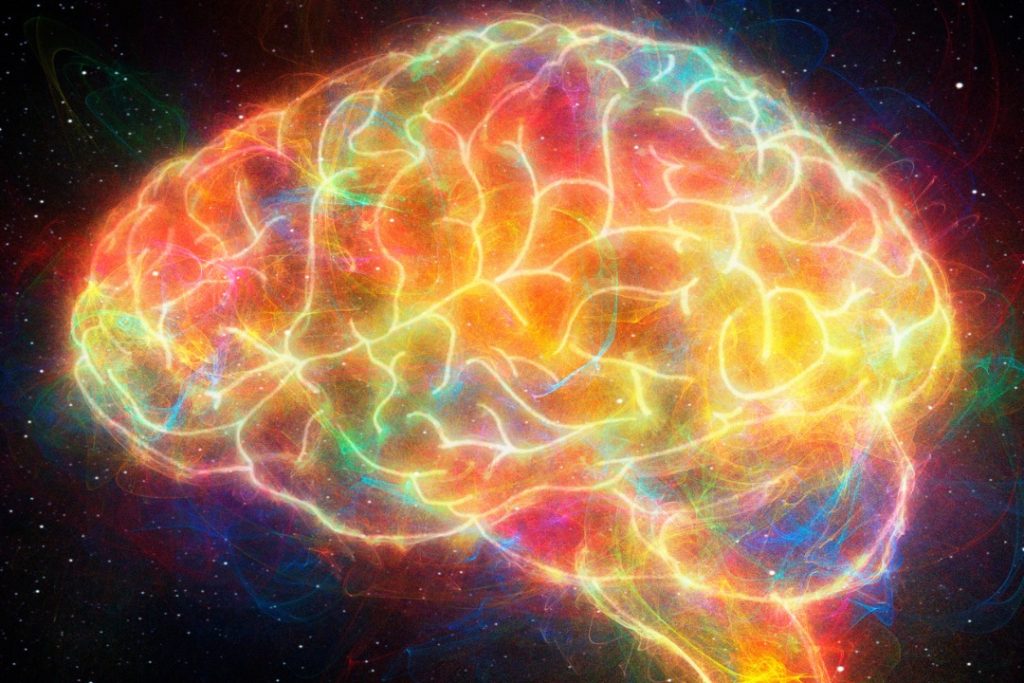The latest health tips, recipes and wellbeing inspiration from our team at The Remedy Room

Food additives are substances added to food to preserve flavour or enhance its taste, appearance, or other qualities. While many food additives are considered safe for consumption, there is growing concern about their potential impact on neurodivergence, particularly in individuals with conditions such as autism spectrum disorder (ASD), attention deficit hyperactivity disorder (ADHD), and other neurodevelopmental disorders. Due to this and other various health impacts, many countries around the world (unlike Australia) have banned their inclusion in food products.
Several studies have suggested a possible link between certain food additives and neurodivergence, although the exact mechanisms are not fully understood. Some additives commonly implicated include artificial food colourings, such as tartrazine (E102), sunset yellow (E110), and allura red (E129), as well as preservatives like sodium benzoate (E211) and butylated hydroxyanisole (BHA). Let’s explore how these additives affect neurodivergent individuals.
Neuroinflammation and Oxidative Stress
Some food additives have been shown to induce neuroinflammation and oxidative stress in animal studies. Neuroinflammation, characterized by an immune response in the brain, and oxidative stress, resulting from an imbalance between free radicals and antioxidants, are both implicated in the pathogenesis of neurodevelopmental disorders like ASD and ADHD. Research suggests that certain food additives, particularly artificial colourings and preservatives, could contribute to these processes. For example, a study published in Toxicological Sciences in 2014 demonstrated that the artificial food colorant tartrazine induced neuroinflammation and oxidative stress, affecting behaviour and cognitive function.

Neurotransmitter Modulation
Food additives may also influence neurotransmitter systems in the brain, which play crucial roles in regulating mood, cognition, and behaviour. For instance, studies have suggested that artificial food colourings might interfere with dopamine signalling, a neurotransmitter implicated in ADHD. Research published in the journal Neuroscience Letters in 2018 found that exposure to the artificial food colorant sunset yellow altered dopamine levels, potentially affecting locomotor activity and cognitive function.
Gut-Brain Axis
Emerging evidence suggests a bidirectional communication pathway between the gut and the brain, known as the gut-brain axis. Disruptions in gut microbiota composition and function have been implicated in various neurological and psychiatric conditions, including autism and ADHD. Some food additives, particularly emulsifiers and artificial sweeteners, may alter gut microbiota composition, potentially influencing brain function and behaviour. Studies have demonstrated associations between changes in gut microbiota and behavioural abnormalities in those exposed to certain food additives.
Behavioural Changes
Several clinical studies have investigated the effects of eliminating artificial colourings and preservatives from the diets of children with neurodevelopmental disorders. While the findings are mixed, some studies have reported improvements in hyperactivity, impulsivity, and attention following dietary modifications. For example, a randomized controlled trial published in The Lancet in 2007 found that eliminating artificial colourings and preservatives from the diets of children with ADHD resulted in significant reductions in hyperactive behaviour compared to a placebo group.
Many experts recommend all individuals having a cautious approach to the consumption of synthetic food additives, but particularly those with neurodevelopmental disorders. This might involve opting for whole, unprocessed foods whenever possible and avoiding foods with artificial colourings and preservatives. Additionally, consulting with a healthcare professional or Clinical Nutritionist can provide personalized guidance on dietary choices for individuals with neurodivergence.
References:

Jessie Johns is a Clinical Nutritionist that has a deep understanding of how the food we eat impacts our health and wellbeing. She believes that consistently meeting the body’s nutritional requirements with adequate wholefoods is fundamental in not only restoring good health, but to truly heal the body and thrive.
To learn more about Jessie and her offerings, click here
The Remedy Room recognises the Bundjalung of Byron Bay Arakwal people, the Minjungbal people and the Widjabul people as Traditional Owners and custodians for parts of the Byron Shire